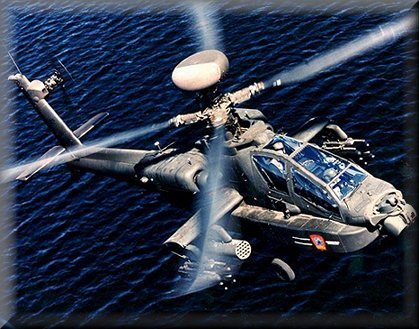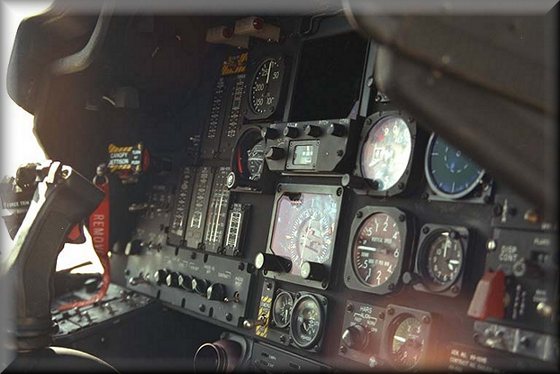To operate an aircraft in the United States, you must be licensed
by the Federal Aviation Administration (FAA), which is part of the U.S.
Department of Transportation (DOT). There are several levels of pilot's
license; the most basic is the Private Pilot license. This license permits
the holder pilot an aircraft anywhere in the United States, and to carry
passengers. A Private Pilot may not be paid to fly an aircraft or carry
passengers or cargo.
Pass a basic medical examination.
Pass a written examination (100 multiple-choice questions).
Receive the required amount of instruction from a Certificated Flight Instructor
(CFI).
Pass a "checkride" (aircraft equivalent of a driving test) given by an
FAA-approved examiner.
Usually, earning your pilot's license will cost about $5,000. This includes aircraft rental, flight instruction, books, charts and examiner fees. The cost can vary depending on the location you pick. You don't need to pay this money all at once. Almost all flight schools operate on a pay-as-you-go basis, so the cost will be spread out over the time you are working on your license. In fact, you should be cautious of any place that offers a ""guaranteed"" training for a supposedly low amount.
To receive a Private Pilot license, the FAA requires student pilots have a minimum of 40 hours of flight time, of which 20 must be done with an insrtuctor. However, these are MINIMUMS. The national average is 60 to 70 hours. About half of your flight time will be with an instructor, and and the rest "solo." For every flight hour, expect an additional 2-3 hours of reading, flight planning, and ground review with your instructor.

The first step to learning to fly an airplane is to find a place to learn and practice. A quick way to locate flight training facilities is to look in the Yellow Pages under " Aircraft Flight Instruction." However, not all schools advertise there, so the Yellow Pages won't tell you all your options. However, usually at least one school at each airport will advertise. So, from the Yellow Pages, you can at least learn the locations of all the local airports.
The best way to learn what schools are available is to visit your local airports. Small and mid-size airports usually have more flight traning activity than major airline airports.
Some schools
carry insurance that covers only themselves and the aircraft owner. In
case of an accident, you could be liable for all damages. If this is the
case, you can purchase " renter's insurance " . For an annual fee, this
type of insurance will cover you for anything not covered by the
school's policy, up to the stated amount on your policy.
Scheduling:
Find out how many aircraft and instructors the school has.
Ask to see the school's schedule book, and see if there are aircraft and
instructors that fit your schedule. Scheduling lessons one week in advance
is fairly common, but if you have to schedule two or more weeks in advance,
the school might have too many students for the number of aircraft and
instructors.
Instructors:
Most flight schools will want to assign you the first available instructor.
However, if you have specific requirements, request a different instructor.
It is best to make your first selection before beginning any training,
as many schools and instructors don't want to switch instructors during
your training.
Aircraft
maintenance: Because
of the overall age of the general aircraft you will be flying. Even well-maintained
aircraft may appear worn and/or damaged.
 The average aircraft is 23 years old.
The average aircraft is 23 years old.
Most
faults in an aircraft that has seen a lot of use is worn carpeting and
upolstry, and the labels worn off of switches, controls, and maybe a crack
in the windsheild.
